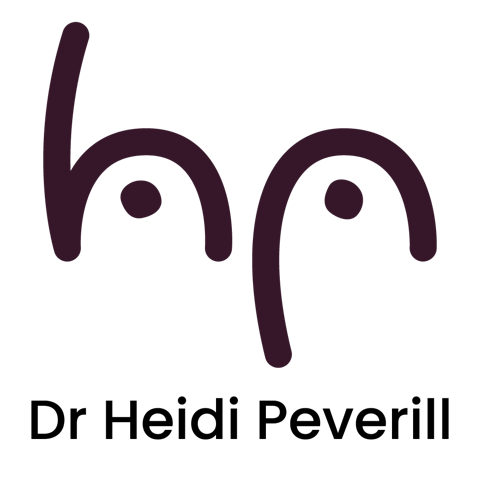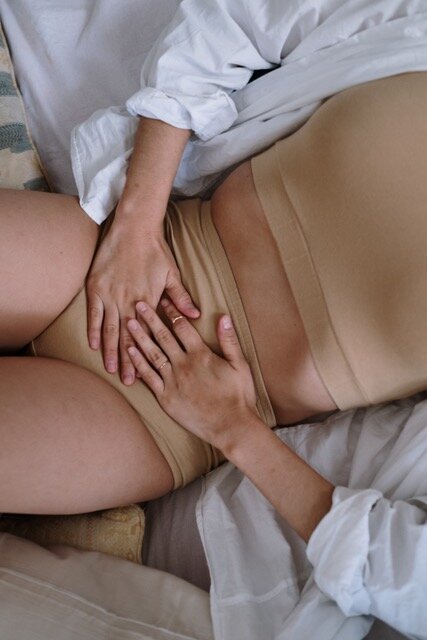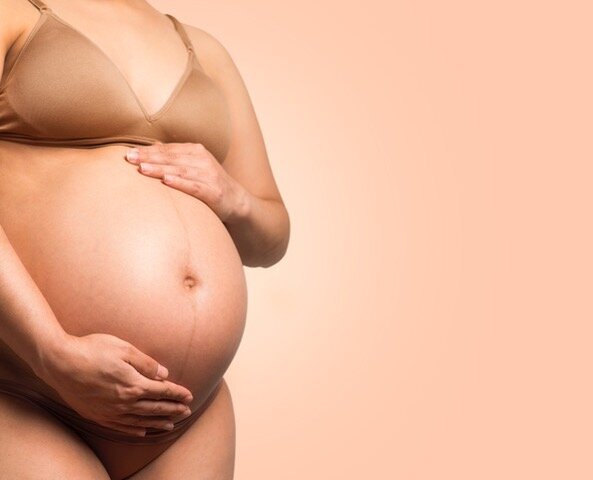Do you know your boobs? The 5-step guide to being more breast aware
If you don’t know all that much about your boobs, it’s not your fault. Boobs are still treated as taboo in Australia which means women and girls aren’t being taught what they need to know about their boobs. And this can have huge impact on women’s health and wellbeing. So I’ve compiled this 5-step guide to help you to be more breast aware.
Step 1: Know that your breasts are on a cycle (like your period)
Breasts go through a cycle every month like your period.
During ovulation, you might notice you’re more motivated and full of energy and that’s when your breasts know they need to start growing. As they grow and swell as part of their own cycle, you might get some breast pain.
When your body realises you’re not pregnant, the levels of hormones drop and your breasts no longer get the signal to keep growing and swelling. They go back to the size they were before swelling and then you get your period.
Remember to be kind to yourself and wear comfortable bras or clothing when your breasts are going through changes in their cycle, just like you do on your period.
Step 2: Know your ‘normal’
It’s important to get to know your boobs from a young age so that you know what is normal for you and what is not.
Get to know your breasts by checking them yourself once a month. If this is something you’ve never done before, you can follow along with this video on how to do a breast self-exam.
Look out for changes like a new lump, a skin change, a change in the nipple, or pain. Make sure you check your armpits and collarbones for changes too.
Knowing your ‘normal’ will help you detect any unusual changes early on. For young women, most lumps are benign, but you should always speak to your GP about anything out of the ordinary for you.
Step 3: Understand that breast size doesn’t matter
Many women come to me with concerns about their breast size, worried their size will impact their ability to breastfeed or their breast cancer risk.
As a breast surgeon who has seen and worked with all different kinds of boobs in my career, I can tell you with 100% certainty, backed by science, that breast size does not affect a woman’s ability to breastfeed or make her more or less likely to develop breast cancer.
The same goes for nipple size.
We are all different and our breasts come in many different wonderful shapes, sizes, and colours.
Breast size doesn’t matter for breastfeeding or cancer risk.
Step 4: Learn why our breasts can make us excited
Women (and men) can experience excitement and pleasure from touch to their breasts.
This is because women’s breasts are jam-packed with nerves, making them sensitive to the touch. Breasts are sexual organs so getting excited by a touch on your breasts is completely normal. It is also normal for women to not like touch there.
Every woman has a different relationship with her boobs.
Step 5: Know that it’s normal for breasts to change after having a baby
Women’s breasts can go through so many changes during pregnancy, lactation, and after weaning.
Some women’s breasts go back to how they looked before pregnancy, while other women’s breasts may lose ‘perkiness’ or gain stretch marks.
Both changes are normal.
What isn’t normal are media and cultural expectations that tell us women’s bodies should bounce back to the way they were before childbearing.
No woman should be made to feel shame about her body at any time in her life, including after having a baby.
When mothers come to see me for a breast lift or a boob job to feel like the best version of themselves, I support their personal choice to do what’s best for them.
Being breast aware is not something all women are taught growing up. But it is so important and it’s never too late to learn.
When you know your boobs, you can take an active role in looking after your health and preventing and detecting breast cancer and other illnesses.
This Blog was originally published on Freelancing Gems August 31st 2021





